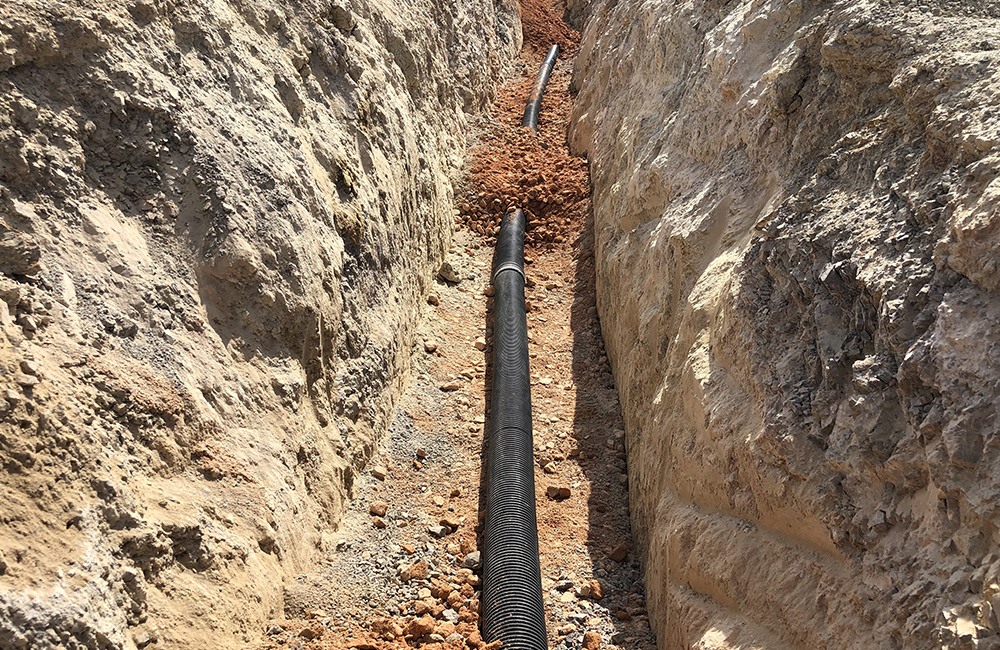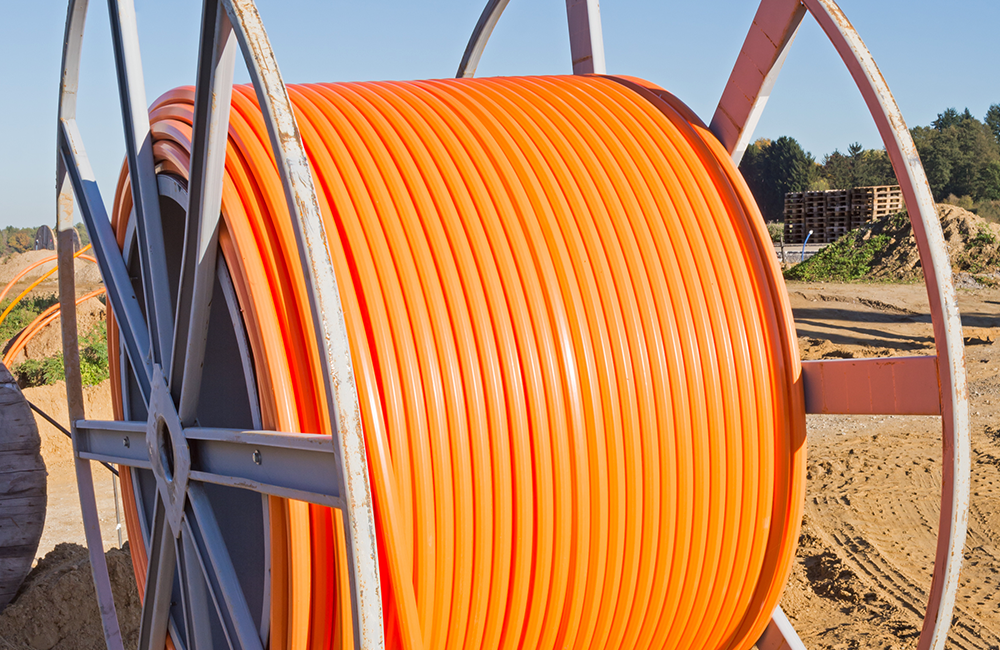Permitting activities continue throughout construction. By this stage, all necessary and required permits and plans are approved, organized in the permit matrix, and stored in a permit binder that the construction team can easily access and review. The permitting team’s focus is now on coordinating construction activities as they pertain to applicable permits.
ROLE OF PERMITTING TEAM
When the required permits have been secured and are in place, the focus shifts to that of compliance with the permit stipulations. Special attention is paid to the utility’s contract with the contractor and written commitments on erosion control measures required by permit stipulations or detailed in the contract. Omissions can open a utility to fines, penalties and stop-work orders. Specific responsibilities during construction include:
Monitoring Construction for Permit Compliance
SWPPPs and NPDES permits typically include compliance and monitoring requirements during active construction and following rain events. Inspections often are performed weekly; their frequency may be determined by state and federal agencies.
Construction contractors are expected to review SWPPP and NPDES permits and develop plans for reducing the potential for noncompliance. The environmental specialist assigned to the monitoring role is typically responsible for verifying that the construction team complies with environmental and permitting regulations, limits disturbance to permitted levels, respects the buffer zones and preserves roadway quality.
Environmental specialists often work directly with a construction site manager or foreperson to identify these and other items addressed in weekly compliance reports. Weekly reports are then compiled into monthly reports that track performance and note any adjustments needed to maintain compliance.
Overseeing Inadvertent Release and Frac-Out Contingency Plans
The release of drilling fluid is known as an inadvertent release, or frac-out. When a release occurs in “waters of the U.S.,” it is considered fill and regulated by the U.S. Army Corps of Engineers. Discharges of drilling fluids into isolated waters may also be regulated by the state, county or municipality where the project is located. When drilling fluid is discharged into a regulated wetland or body of water, relevant regulatory agencies must be notified and the released drilling fluid must be cleaned up. Frac-outs not contained quickly can spread, dramatically increasing cleanup costs. Improperly cleaned frac-outs can prevent revegetation, which can preclude utilities from closing out permits, leading to violation notices and fines.
An environmental specialist prepares for frac-outs by developing and implementing an HDD contingency plan. The plan should:
Identify and describe characteristics of all regulated areas on a project site. Site characterization studies can be used to identify potential environmental impacts and the tools needed to address a potential release. Assessing the area surrounding regulated areas is also necessary. Steep slopes leading to regulated areas or obstructions that could prevent equipment from accessing an area are typically noted in a contingency plan. Drilling under shallow wetlands, for example, poses fewer frac-out risks than drilling beneath a flowing stream with deep water limits.
List drilling procedures, materials and equipment used to minimize, identify and clean up frac-outs. Early identification of the type and quantity of materials and equipment needed to contain and clean up frac-outs makes it possible for these items to be acquired and brought on-site as well as other materials and hardware delivered at a project’s onset. Drilling procedures should identify the drill rig’s location for each bore shot and include BMPs for drill rig use, such as interceptor trench and erosion control measures around the bore pit and work area. The plan also identifies frac-out response equipment for various regulated areas. For example, flowing water requires containment via a tin whistle and turbidity curtains, but shallow wetlands may only need erosion control logs and a vacuum truck.
List approved drilling fluid additives. Certain drilling additives can require special permitting or trigger U.S. Environmental Protection Agency concerns. Because regulators will require the list of additives in their notification when a frac-out occurs, additives should be approved for use by the project owner early in the project.
Identify responsible personnel. The plan identifies personnel who have the authority to stop the drill and at least one person dedicated to monitoring for frac-outs. At least two environmental compliance monitors — typically environmental specialists — are necessary when boring beneath wetlands, water resources or other areas that require special management. The environmental specialist confirms that the materials and equipment needed to respond to an inadvertent release are on-site prior to drilling activities. The monitor — or selected environmental specialist — also closely monitor drilling activities and oversee the contractor’s implementation of frac-out response procedures, should they be necessary.
Outline the frac-out response procedure and notification plan. An environmental specialist is also responsible for overseeing materials and equipment setup for a frac-out response so that sediment control measures can be deployed quickly if a release occurs.
Agency reporting requirements are noted in the response plan. Federal, state and local authorities often require notification within a day of a release into a regulated area. Given the short window, notification plans typically require the contractor to report a frac-out immediately to a utility so the release, containment measures and cleanup activities can be documented and reported within a 24-hour time frame. Having an environmental compliance monitor on-site during drilling activities to collect and analyze data makes it easier to report inadvertent releases in a timely fashion.
It is invaluable to have an experienced environmental contractor who understands the contingency plan and release management, as well as professionals who can keep the environmental and permitting team informed. Morning safety meetings and monthly on-site refresher sessions on timely environmental topics help minimize compliance violations.




